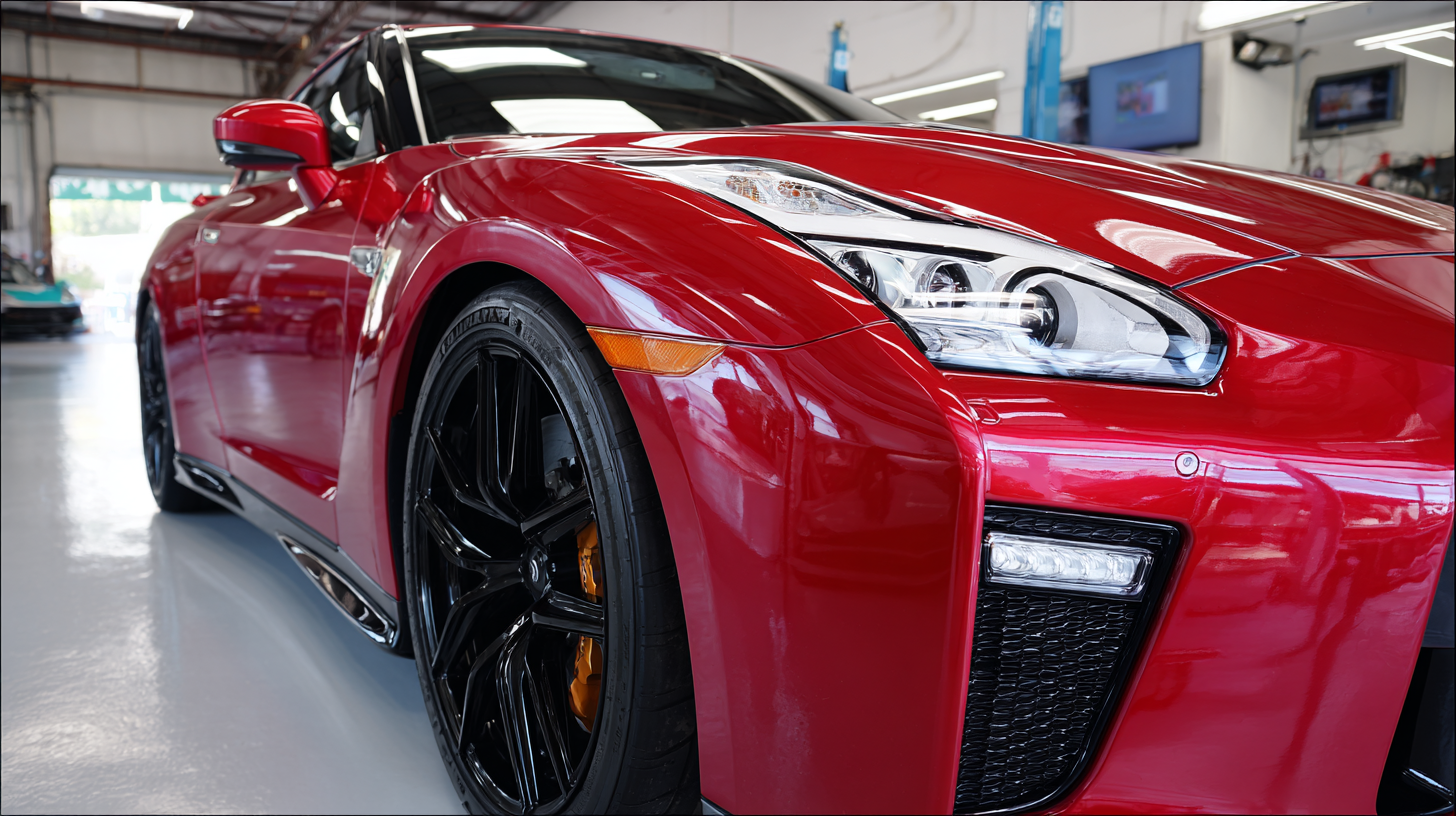Achieving a flawless finish with dip powder coating is a sought-after goal for many DIY enthusiasts and professional finishers alike. This innovative coating process offers a durable and attractive finish that can elevate the appearance of various items, from metal structures to intricate home decor.
Dip powder coating involves immersing an object into a fluidized bed of powder, ensuring even coverage and a smooth surface. However, perfecting this technique requires a keen understanding of the materials, proper preparation, and attention to detail.
In this guide, we will explore the essential steps and best practices to ensure that your dip powder coating project not only meets but exceeds your expectations. By following these tips, you can achieve remarkable results that showcase the versatility and aesthetic appeal of dip powder coating, ultimately transforming your projects into stunning masterpieces.

Dip powder coating has emerged as a popular finishing technique, known for its durability, vibrant colors, and environmentally friendly properties. Understanding the basic techniques of dip powder coating is crucial for achieving a flawless finish. At the core of this process is the ability to properly apply the powder to the substrate, which involves controlling factors such as the temperature of the part and the characteristics of the powder itself.
The selection of the appropriate powder booth technology is essential, especially when faced with increasing color change demands. Employing a fluidized bed powder coating method allows for the even distribution of the powder on the heated substrate, providing uniform coverage and optimal adhesion. This technique not only enhances the aesthetic appeal of the coated items but also ensures a robust finish that can withstand various environmental stresses. By mastering these fundamental techniques and choosing the right application methods, manufacturers can achieve remarkable results that meet the high standards of today’s industry.
Achieving a flawless finish with dip powder coating heavily relies on the essential preparation steps taken before the actual coating process. Proper surface preparation is critical, as it directly impacts the adhesion and durability of the coating. Cleaning the substrate to remove contaminants such as grease, dust, or moisture ensures that the dip-coating process yields a smooth, even finish. According to industry reports, inadequately prepared surfaces can lead to up to a 30% increase in coating failures, highlighting the importance of meticulous preparation.
Tip: Always perform a water break test after cleaning the surface. This helps ensure that the surface is free of contaminants that could hinder the adhesion of the dip powder.
Furthermore, pre-heating the substrate can improve the flow and leveling of the powder once applied. This technique is particularly beneficial as it promotes a better particle fusion, enhancing the end result. Recent advancements in the preparation of dipping techniques, similar to those observed in solid-state battery fabrication, emphasize the importance of optimizing mixing methods to achieve uniform coating thickness.
Tip: Use a controlled environment to regulate temperature and humidity during the coating process, as fluctuations can greatly affect the coating quality.

When it comes to achieving a flawless finish with dip powder coating, selecting the right tools and materials is crucial. Popular among manufacturers in various industries, dip powder coating provides a durable and attractive finish that can enhance the longevity of products. According to the Powder Coating Institute, nearly 15% of coatings used in industrial applications are powder-based, reflecting its growing acceptance in the market.
One of the primary considerations is the choice of high-quality powder. Opting for powders that comply with industry standards, such as those tested for UV stability and corrosion resistance, can significantly impact the final outcome. Additionally, using proper equipment, such as an electrostatic spray gun designed for powder application, helps to ensure even coverage and minimizes wasted material.
**Tips:** Always prepare the surface of your item thoroughly to enhance adhesion. Using a clean, dust-free environment can also prevent imperfections in the finish. Additionally, consider investing in a professional-grade oven with uniform heat distribution, as the curing process is key to achieving that perfect, resilient coat.
Achieving a flawless finish with dip powder coating involves careful attention to application techniques and an understanding of common pitfalls. According to the Powder Coating Institute, proper substrate preparation is crucial, as 60% of coating failures stem from inadequate surface cleaning. Before dipping, ensure surfaces are free from oils, dirt, and oxides. A thorough wash followed by a chemical treatment can significantly enhance adhesion and help avoid defects.
Moreover, timing and temperature during the dip process can greatly impact the final outcome. The optimal temperature range for most dip powders, as noted in a report by the American Coatings Association, is between 350°F to 400°F. Deviating from this range may lead to poor flow characteristics or uneven finishes. Additionally, maintaining the right dipping speed—generally between 2 to 4 inches per minute—can prevent excessive buildup of the powder, which is a common mistake that leads to an uneven coat. By adhering to these guidelines, you can significantly reduce application errors and achieve a professional-grade finish.
| Tip | Description | Common Mistakes |
|---|---|---|
| Surface Preparation | Ensure the surface is clean, dry, and free of contaminants. | Skipping cleaning can lead to poor adhesion. |
| Even Coating | Apply powder evenly to avoid buildup or thin spots. | Over-applying can cause runs, while under-application can result in flaking. |
| Curing Process | Follow the recommended time and temperature for curing. | Not curing properly leads to weak coatings. |
| Environment Control | Maintain a consistent temperature and humidity level during application. | High humidity can affect adhesion and finish. |
| Proper Equipment | Use the right sprayer and settings for your powder type. | Using the wrong equipment can result in uneven coating. |
Post-coating care is essential for maintaining the beauty and durability of your dip powder coating finish. The longevity of the coating largely depends on how well it is cared for after application. To keep your dip powder nails looking flawless, it’s important to keep them moisturized. Regular application of cuticle oil can help prevent dryness and brittleness, both of which can lead to chips and cracks in the finish.

Tips for maintaining your dip powder coating include avoiding harsh chemicals that can degrade the finish, such as those found in some household cleaners. Always use gloves when performing cleaning tasks to protect your manicure. Additionally, hydration is key. Drink plenty of water and consider using a hand cream rich in vitamins to nourish your skin and nails. Regular maintenance and gentle care will ensure your dip powder coating remains shiny and beautiful, enhancing the overall look of your nails for weeks to come.






